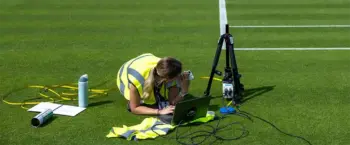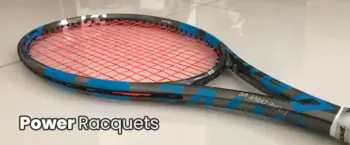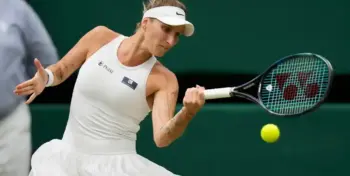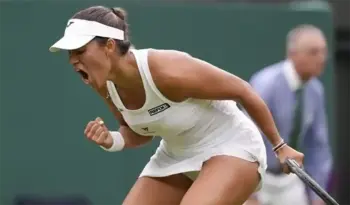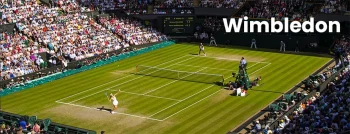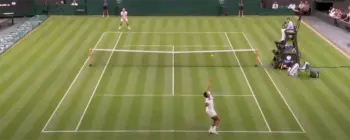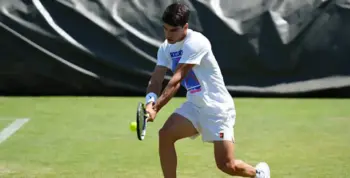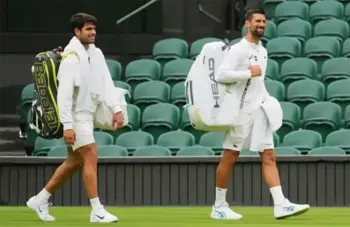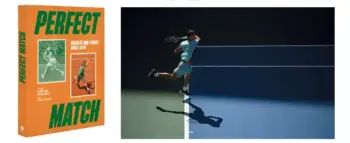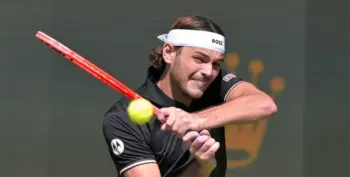We are all witnessing another amazing edition of the SW19, or Wimbledon tournament, and besides all the surprises we are witnessing there is one major change. When you look at the court on TV, you see a picture very different to previous years or to the previous Grand Slam – next to a sponsor-free green tarp there a not your typical, well-dressed linesmen and women. Wimbledon has, for the first time in their history, adapted the automated lines-calling from the pro-tour and therefore the courts seem quite empty in the back now.
Why, what and how?
The reason behind the changes is obvious by now – all pro tours and big tournaments are more and more going to automated calling. The system simply delivers a reliable call and rules out the element of human error that has led to controversies around the world of tennis time and time again. For Wimbledon, the organizers swallowed their pride and despite being the most prestigious tournament in the world maybe, they changed to an automated system as well. The players now have the possibility to see the replay for a limited amount of times, but that is more of a courtesy service, as they cannot change the outcome with this.
The system behind this is called Live Electronic Line Calling (ELC) and is powered by the Hawk-Eye Innovations brand, that also provides the services for the ATP tour. The provider has been present at Wimbledon since 2007, when the possibility of challenging calls had been introduced for the first time. Now it seems that the organizers were happy enough with the results, to further introduce the fully automated live solution on their courts. SW19 still has around 70 referees on site, who are now called “match assistants” and would come in to support umpires or step in in case of technical outages. But so far, the system has been running smoothly, which doesn’t come as a surprise considering that the ATP tour already mandates the system for all events in their schedule.
Our collegue Bren has already explained here on the site how the systems work and how it was developed throughout the years. There is of course continuous improvement and the company behind Hawk-Eye now promises a 2.2 mm margin of error, which of course might not seem much but leads to discussion, nevertheless.
Results so far
For Wimbledon 2025, there hasn’t been any larger debate about the results of the system. In the end, with electronic line calling in place for most of the tournaments, there is now a large data set available and the accuracy is on point for most calls. Of course, we all remember points like Davidovich Fokina’s longline ball against Zverev in Madrid, where the system apparently seemed off. But in total, most players are happy with the system and its calls, until they seemingly get impacted by it negatively, of course.
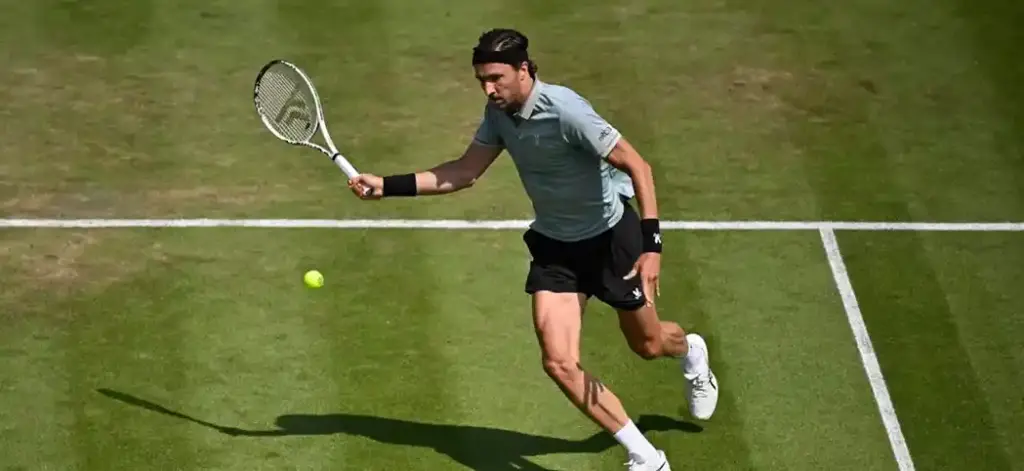
On grass, the umpires had help with the chalk at times, but we still remember very difficult calls and discussion, also at Wimbledon. Given that ball speeds are getting higher generally and human error can never be fully ruled out, the system still provides the best possible solution for a close-to-perfect line calling. So naturally, there haven’t been big complaints from players on either the women’s or men’s side, showing acceptance within the field nowadays. What really stands out is that even on the smaller courts around the venue, the system seems to work confidently and that there seems to be a consistent level of calls all around.
Some experts have commented on the calls coming a tad later than usual, especially on the bigger courts, but that could either be subjective or also due to the system setup chosen. Either way, in my eyes the electronic line calling is a nice addition to this prestigious event, giving players another layer of security to be always treated fair. The only thing missing are the nice outfitted ladies and gentlemen in the back that made for the classic Wimbledon flair – but I guess that we will get used to this as well.


